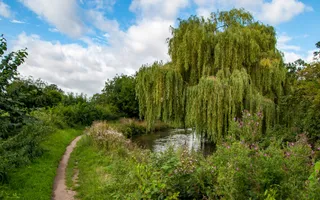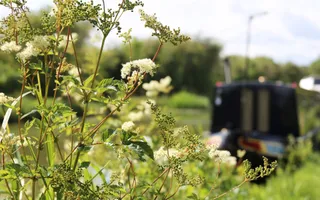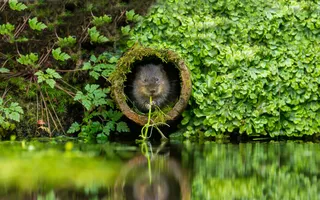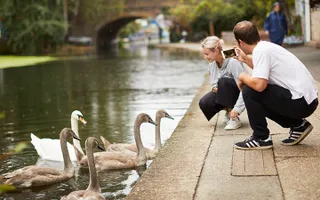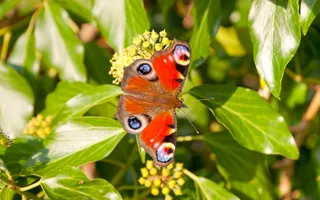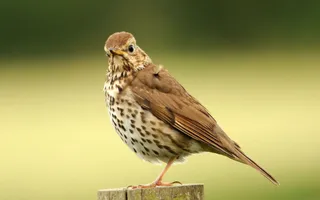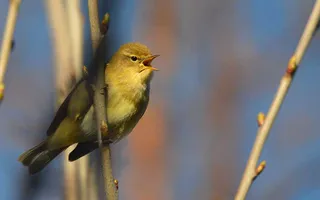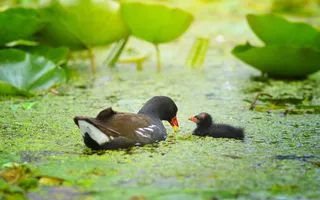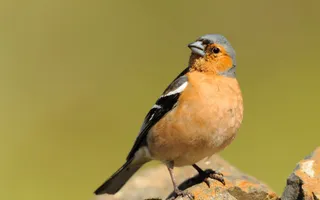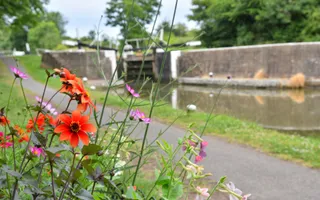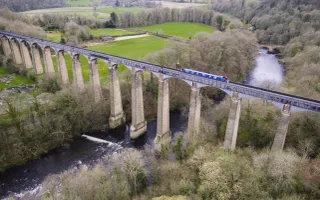When does spring start?
Warmer days, flowering plants, springtime nature and the first birdsong might feel like the start of a new season. Technically speaking, spring starts on the equinox (usually 20 March, give or take a day), which marks the moment when daylight and dark are equal.
However, spring actually has another start date. If you look at the seasons meteorologically, spring starts on 1 March and ends on 31 May.
But specific dates aside, there are plenty of ways to spot the arrival of spring on the canals and rivers near you.
Early signs of spring
As canal wildlife emerges and flowers bloom, there are plenty of signs of spring to look out for.
Unfurling tree leaves
The blooming leaves and flowers of native trees along our canal banks are one of nature’s signals of spring. Winter’s bare branches develop new greenery, and our canals and rivers come to life.




